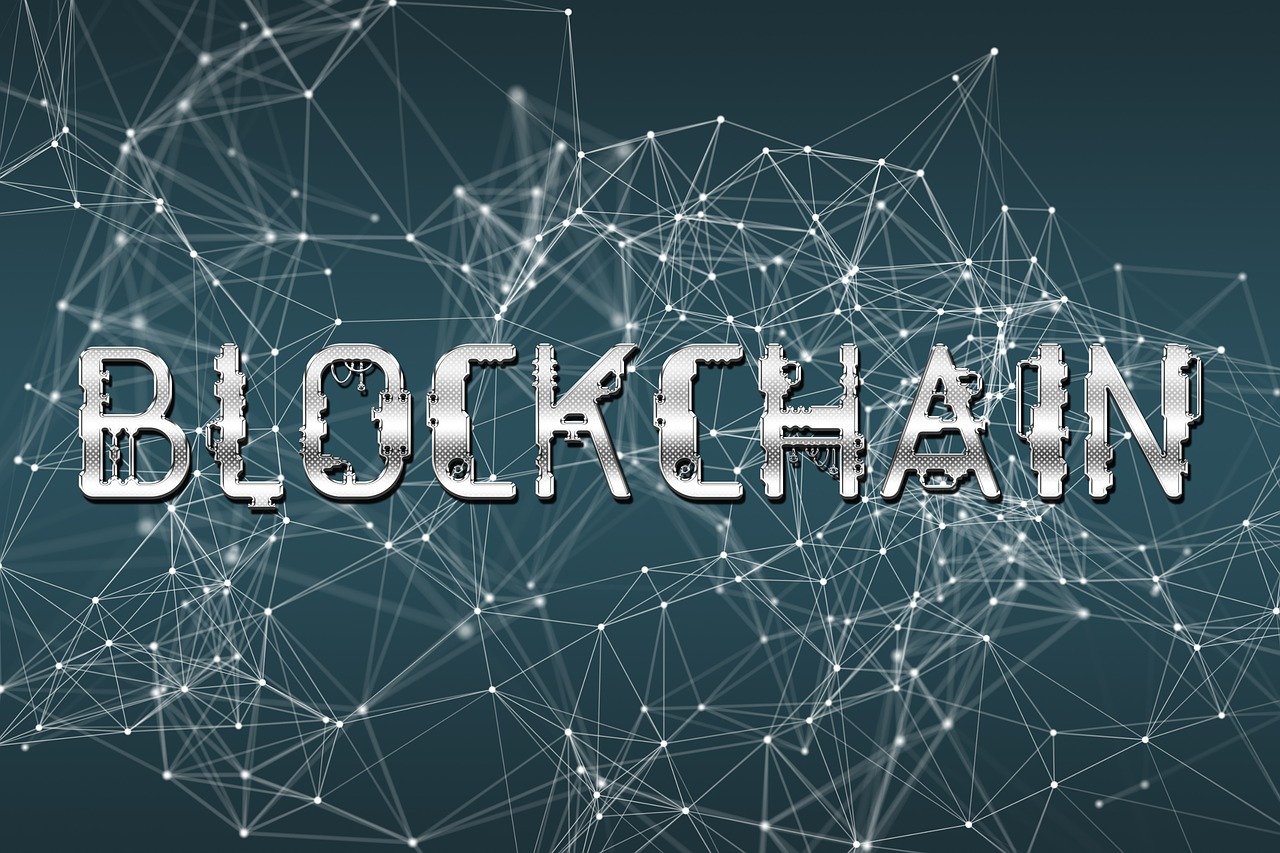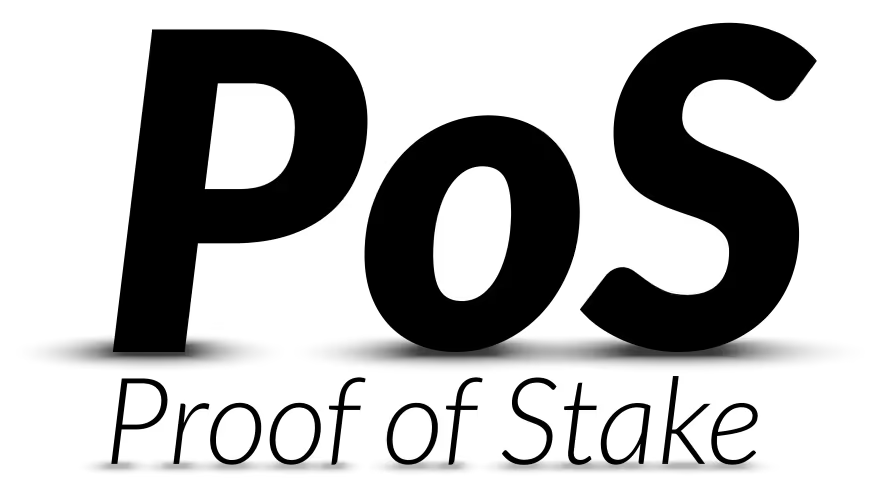3 Key Takeaways:
- Layer 1 blockchains form the base layer of crypto ecosystems, processing transactions directly.
- Examples include Bitcoin, Ethereum, Solana, and Avalanche.
- They focus on security, decentralization, and scalability to support Layer 2 solutions.
What Is a Layer 1 Blockchain?
In the fast-evolving world of blockchain technology, Layer 1 blockchains serve as the foundation upon which the entire decentralized ecosystem is built. They form the base layer — the primary network architecture responsible for validating transactions, maintaining security, and supporting the creation of decentralized applications (dApps).
From Bitcoin to Ethereum, every cryptocurrency you’ve heard of likely runs on a Layer 1 chain. Understanding what these foundational blockchains are — and how they differ from Layer 2 solutions — is key to grasping how the modern crypto economy works.
Understanding the Basics of Layer 1
A Layer 1 blockchain is the main network where transactions are recorded, validated, and finalized. It’s called “Layer 1” because it is the core protocol upon which other layers (like Layer 2 scaling solutions) are built.
This means that Layer 1 networks handle everything from transaction verification to consensus and security — without relying on any external systems.
For instance:
- Bitcoin is a Layer 1 blockchain designed for secure, decentralized peer-to-peer payments.
- Ethereum is another Layer 1 that allows smart contracts and dApps to run directly on its base layer.
Every transaction or smart contract execution on these networks is processed by nodes — distributed computers that collectively maintain the blockchain’s integrity.
Key Functions of a Layer 1 Blockchain
Layer 1 networks are the backbone of the decentralized web. They perform several critical functions that enable the existence of cryptocurrencies, tokens, and decentralized systems.
- Consensus Mechanisms
- Layer 1s use consensus algorithms to ensure agreement among network participants.
- Popular models include Proof of Work (PoW) (used by Bitcoin) and Proof of Stake (PoS) (used by Ethereum and Solana).
- These systems ensure trustless verification — transactions are confirmed by the network rather than a central authority.
- Security and Decentralization
- By design, Layer 1s prioritize security and decentralization.
- Thousands of nodes validate transactions, making it nearly impossible to alter past records.
- Transaction Settlement
- All financial transfers, token swaps, and smart contract executions are settled directly on the base chain.
- Layer 1s are the source of truth for digital asset ownership.
- Smart Contract Execution
- On programmable blockchains like Ethereum, Layer 1 enables developers to deploy and run decentralized applications directly on-chain.
Examples of Leading Layer 1 Blockchains (2025)
The crypto landscape continues to evolve rapidly, but several Layer 1 blockchains dominate in 2025 due to their innovation, developer communities, and scalability solutions.
- Bitcoin (BTC): The original Layer 1 network, focused purely on peer-to-peer value transfer using PoW for unmatched security.
- Ethereum (ETH): The most widely used Layer 1, enabling smart contracts and hosting the majority of DeFi and NFT projects.
- Solana (SOL): Known for high throughput and low fees, ideal for scalable decentralized applications.
- Avalanche (AVAX): Uses a unique consensus mechanism to achieve fast finality and compatibility with Ethereum’s ecosystem.
- Cardano (ADA): Emphasizes academic research and formal verification for secure, sustainable smart contract development.
- Polkadot (DOT): Focused on interoperability, allowing multiple blockchains to communicate seamlessly.
Each of these networks represents a different approach to the same challenge — building a scalable, secure, and decentralized infrastructure for global finance and innovation.
Layer 1 vs. Layer 2: What’s the Difference?
To overcome scalability bottlenecks like slow transaction speeds or high gas fees, developers have created Layer 2 solutions that sit atop Layer 1 blockchains.
- Layer 1: The main blockchain protocol (e.g., Ethereum mainnet).
- Layer 2: Secondary networks built on top to improve efficiency and scalability without changing the base layer.
For example:
- Bitcoin’s Lightning Network is a Layer 2 that enables faster, cheaper BTC transactions.
- Ethereum Layer 2s like Arbitrum and Optimism reduce congestion and lower costs while still settling transactions on Ethereum’s Layer 1.
In short, Layer 1 provides the foundation, while Layer 2 improves performance — together, they form the modern blockchain ecosystem.
The Scalability Trilemma
All Layer 1 blockchains face what’s known as the blockchain trilemma, coined by Ethereum co-founder Vitalik Buterin. It states that a blockchain can only maximize two out of three key properties:
- Decentralization — ensuring no single authority controls the network.
- Security — protecting against attacks and fraud.
- Scalability — supporting fast, cheap transactions for mass adoption.
For instance, Bitcoin prioritizes security and decentralization but sacrifices scalability. Solana and Avalanche focus on speed and scalability, though sometimes at the expense of decentralization.
The ongoing challenge for blockchain developers in 2025 and beyond is to achieve all three without compromise — something next-generation Layer 1s aim to solve.
Why Layer 1s Matter in 2025 and 2026
Layer 1 blockchains remain the core infrastructure of Web3, DeFi, NFTs, and the metaverse. Every Layer 2 innovation, decentralized app, or digital asset ultimately relies on these base chains for:
- Final transaction settlement
- Asset verification and ownership tracking
- Cross-chain interoperability and security guarantees
In 2025, we’re seeing major upgrades across top Layer 1 networks:
- Ethereum 2.0’s continued optimization with sharding and improved staking rewards.
- Bitcoin Ordinals and Runes expanding use cases beyond payments.
- Solana’s ecosystem growth powering AI, gaming, and DeFi projects at record speeds.
By 2026, these advancements are expected to make blockchain technology faster, greener, and more inclusive — capable of supporting billions of users worldwide.
Final Thoughts
A Layer 1 blockchain is more than just a platform for cryptocurrency — it’s the foundation of decentralized innovation. It ensures transparency, trust, and global accessibility without intermediaries.
As the crypto industry matures through 2025 and 2026, understanding Layer 1 networks is essential for anyone interested in Web3, DeFi, or digital assets. Whether you’re investing, building, or simply learning, it all starts here — at Layer 1.




